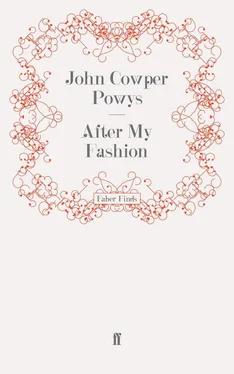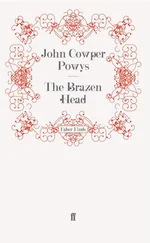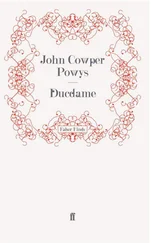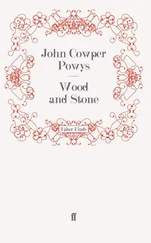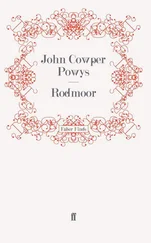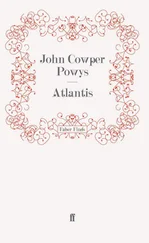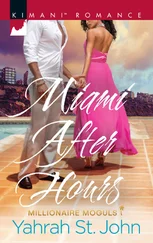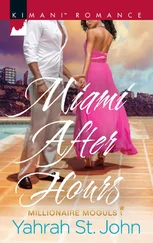John Cowper Powys
After My Fashion
Foreword by Francis Powys
John Cowper Powys had already written Wood and Stone and Rodmoor which were published by Arnold Shaw of New York. The reviews of both these early books were encouraging but the sales were infinitesimal. 1916 was no time to issue a novel in America. J.C.P. however was already thinking of a third book, one which had Sussex for a background, with nature obtruding itself less, a quieter novel, free from the influence or suggestion of any other writer — Thomas Hardy, for instance, to whom he had dedicated Wood and Stone and who was indeed a good friend.
During this period J.C.P. met Isadora Duncan and he speaks of her in a letter to one of his sisters.
Do you know Isadora sent me a telegram once from San Francisco to New York which said ‘I am thinking of you as I dance here tonight — love Isadora.’ And she danced the Marseillaise for me once in New York. That was one day when I found her reading Nietzsche’s Birthday Tragedy . I first met her in Marian’s [another sister’s] shop in Washington Square. Marian told her fortune and in her mischievous way kept saying ‘Why don’t you two go to Spain?’ She is the only one who ever gave your eldest brother — the veteran Chatangua lecturer — hundreds and hundreds of red roses, so that my little room in 12th Street was flooded with them.
There can be no doubt but that Isadora Duncan is the model from which Elise the dancer in After my Fashion was drawn, though she herself was born in San Francisco while Elise was born in New York.
The novel begins with the return of Richard Storm (in many ways a projection of J.C.P. himself) from Paris where he has left his mistress Elise. He has had some poetical success in the French magazines but now wishes to assess his thoughts over Elise and also visit his grandparents’ grave in the village of Littlegate. He stops at the ancient town of Selshurst and walks over to Littlegate nearby. While there he meets the vicar’s daughter, a beautiful girl, and also her fiancé, a war hero and painter with curious manners. Returning to Selshurst Richard finds that the girl, Nelly, has made a deep impression on him. He cannot believe that she is really in love with the painter; indeed he finds out later that she is marrying him chiefly to help her father, a naturalist, who has neglected his parish and is about to be retired by the bishop.
Intermingled with the story of Richard Storm, the dancer Elise, Nelly, her father, Robert Canyot the painter and others are many beautiful descriptions, not only of the country town of Selshurst, the village of Littlegate, the lanes, fields and downs, so reminiscent of his homes in Sussex near Lewes and at Burpham, but also the streets and buildings of New York and especially Greenwich Village where J.C.P. himself lived for so many years.
It is doubtful if any publisher’s reader even looked at After My Fashion in those difficult days, let alone gave it his serious consideration. J.C.P. rarely re-offered a book after it had been turned down and After My Fashion seems no exception. His Keats , a critical work, he refused to alter even slightly and when sent back it was put aside and eventually lost.
J.C.P. had no real wish to become a writer. His ideal future he wrote in one of his letters was to be a famous actor living with Nelly (his favourite sister) for he says: ‘She and I were alike exactly in our mental life, our aesthetic or artistic life, our emotional and our erotis life.’ But it was not to be, as she died of peritonitis at the early age of thirteen. In spite of chronic ill-health he started his tours, becoming no ordinary lecturer but one who was able to enter the minds, the bodies almost, of those on whom he was speaking. He actually seemed to become his subject. His only difficulty, he himself said, was his inability to stop. ‘I used to try to stop and even begin my peroration, but something, some delicate nuance, some metaphysical nicety would come sliding into my brain and I would go whirling on.’
This is what Maurice Browne the theatrical impresario had to say of him: ‘Once I heard him talk on Hardy for over two hours to an audience of two thousand in a huge auditorium in the heart of Chicago’s slums. Throughout those one hundred and thirty minutes there was not a sound from his listeners save an occasional roar of applause or laughter. And when he had finished speaking we rose like one person demanding more. The man was a great actor.’
The books that he had written between ‘mean jumps’, as his manager Arnold Shaw called his journeys from coast to coast and into Canada, were already published and when ill-health forced him to retire he went to live in Hillsdale. A Glastonbury Romance , probably his greatest work, Weymouth Sands and the Autobiography were among the masterpieces written during this period.
In 1934 J.C.P. returned to England, settling first in Dorset and later in North Wales where he turned out novels and philosophical works in rapid succession. Great though he undoubtedly was he remained a neglected author. Maybe, at last, through the efforts of some discerning publishers he will come into his own. He is of the same mould as Hardy, perhaps even greater; only time will tell.
By the time he left the train at Selshurst, and bag and stick in hand started resolutely upon his five mile walk to the village of Littlegate where his family associations lay, Richard had succeeded in thrusting Elise Angel into temporary oblivion. He concentrated his mind, as he followed the little by-street towards the centre of the cathedral city, upon those aspects of his life which were independent of the beautiful dancer.
He had not seen England for some twenty years and the last four out of that twenty had held him captive in a small French town doing unheroic but necessary work at a certain military base. His war record, as he looked back on it now, had been neither especially noble nor especially mean. He had paid the penalty of his lack of heroic impulse by his lack of any particularly dramatic memories.
What he felt now, in regard to so many of his French friends, who were lying dead in their crowded graves, was a deep desire to justify the accident of his own escape by some really adequate contribution to the bitter-sweet cup of the world’s hard-wrung wisdom.
Such a contribution in his case could only be in the form wherein he was already a tolerable adept and with a fair reputation. It must in fact be some species of what we call Literature, and his prayer to the gods was that it might prove to be poetry — poetry different altogether, and far more human and original, than the easy charming verses, with a faint fragrance of morbidity, which had so far contented him.
Such reputation as he had already won was rather of the critical than of the creative order and was mostly due to his ‘appreciations’ of the more modern poets of France; among whom he still numbered the only intimate friends he had, and in whose society he had almost continuously lived through a vividly crowded youth.
Though he had seen comparatively little of its real horror, the war had profoundly affected him; and one of its most noticeable effects was a sudden strange restlessness and a curious dissatisfaction with his Paris life and with his poet-friends.
They had behaved heroically in the deadly struggle, much more heroically than he had himself. And yet, now the thing was over and he was free, he found himself, for some deep reason he could only very crudely analyse, out of touch with them and out of sympathy with them. He had changed, he had most drastically changed; and they — those of them who were left alive — seemed to have become more violently, more dogmatically than ever, their old, fierce, hard, fantastic, hedonistic selves.
Читать дальше
